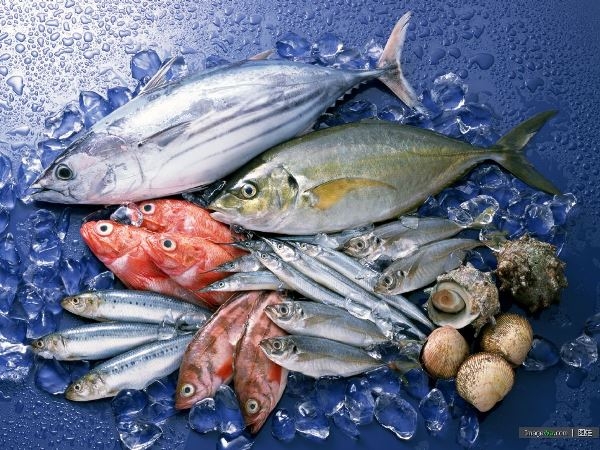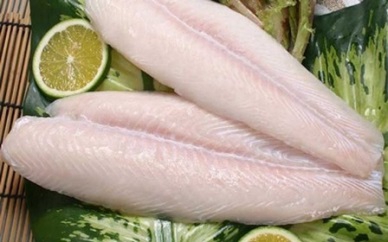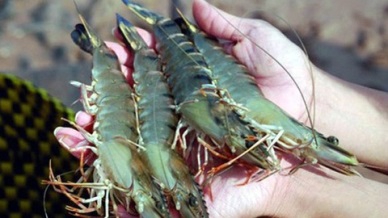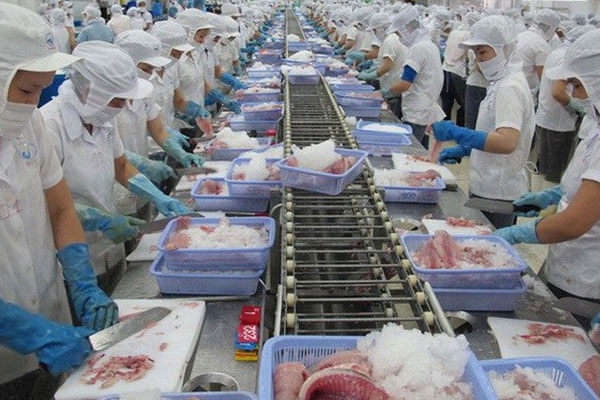Seafood exports to Japan will not have a breakthrough in 2024
(vasep.com.vn) In 2023, Japan will be in the top 2 seafood import markets in Vietnam, just behind the US. While exports to the US decreased deeply by 29% and to other markets in the top 5 decreased by 16-18%, exports to Japan had the lowest decrease, down 12%.
Exports of many seafood species to Japan increased
The sharp decline in whiteleg shrimp and black tiger shrimp exports to Japan is the main factor affecting seafood export turnover to this market. Meanwhile, many other products to Japan achieved positive growth this year.
Notably, crab exports to Japan have increased by 36% over the same period in 2022 and crab has become the third largest export product to this market, only behind white shrimp and salmon.
Exports of scads, pollock, mackerel, mackerel, flounder, amberjack, iron shrimp, seabream and many other fish species have higher export sales to Japan than last year.
.png)
A significant portion of the products with growth to Japan this year are products with imported raw materials for processing and export, maintaining income for processing workers, while taking advantage of capacity and equipment. processing by factories. For example, snow crab, salmon, pollock, mackerel...
Cumulatively in the first 11 months of 2023, Vietnam's seafood exports to Japan reached 1.38 billion USD, of which white shrimp reached 302 million USD, black tiger shrimp reached 86 million USD, squid exports reached over 72 million USD, and white shrimp reached 86 million USD. octopus reached nearly 70 million USD. Salmon exports to Japan reached 227 million USD, crab reached 87 million USD, scad reached 77 million USD. It is estimated that in 2023, seafood exports to Japan will earn over 1.5 billion USD, down 12% compared to 2022.
From June 2023, exports of white-leg shrimp and black tiger shrimp to the Japanese market tend to gradually increase, however, due to a sharp decrease at the beginning of the year, total black tiger shrimp exports to Japan still dropped deeply by 37% while white-leg shrimp exports down 23% over the same period in 2023.
After more than two decades of stable or falling prices, the Japanese economy has experienced a steady rise in prices over the past year and a half due to global geopolitical factors as well as a significant weakening of the yen. Japan versus the US dollar. Since March 2023, food prices have increased at a rate of more than 8% year-on-year with some products increasing by double digits.
The Japanese government believes that the rising cost of fuel, food and raw materials used in seafood is the cause of inflation in the seafood market. In particular, the price of fishmeal, the main ingredient in mixed feed for aquaculture, has fluctuated around 1,540 USD/ton since 2022, nearly twice as high as a decade ago. Since January 2022, retail prices of tuna, shrimp, tuna and salmon have increased significantly. In 2022, the general consumer price index for seafood increased by 14% compared to 2021, marking the largest increase since 2010.
The Japanese government estimates that per capita seafood consumption has decreased by 14% by 2022. The decline in consumption is partly due to rising prices as well as consumer preferences shifting to other proteins such as beef , pork and chicken have become more accessible. Seafood is often considered more difficult to prepare than other proteins because having to remove fish skin and bones makes many people uncomfortable. Consumption of seafood at home (excluding eating out) is falling even faster. Household consumption stood at around 14 kg per capita in 1995, falling more than 40% to just under 8 kg per capita in 2021. As a result, Japanese manufacturers and retailers are Greater effort is being made to develop seafood products that are both easy to prepare and carry value-added attributes (such as “sustainably produced”) to justify price increases.
In response to declining consumption, national and local government organizations have partnered with schools to promote the inclusion of seafood in school lunch programs. In recent years, Japanese fishermen, processors and distributors have taken the lead in not only providing ingredients for school lunches but also developing school lunch menus. Occasionally, fishermen even come to school to give lectures. The goal of these programs is not only to increase consumption in the short term but also to form the habit of eating fish from an early age.
The types of fresh seafood commonly consumed also change over time. In 1989, squid and shrimp were the two most consumed products. In recent years, they have been replaced by salmon, tuna and amberjack which are often sold as fillets.
Forecasts for Japan's economic growth in 2024 are not consistent, but in general there will be no breakthrough in this market in terms of demand. However, compared to other large markets such as the US, EU, China..., seafood trade with Japan is considered more stable.
The important point is that Vietnamese businesses will have to calculate more carefully the problem of competitive prices and selling prices, and at the same time take advantage of consumption trends in Japan.
Trend of increasing consumption of frozen seafood, seafood sauce, seafood meal sets and value added goods.
For example, there is an increasing trend in consuming frozen products labeled “pre-cooked” or “ready-to-eat” at retail stores in Japan.
Although overall seafood consumption is decreasing, seafood products with sauce remain a popular choice among Japanese people aged 65 and over. With the demographic at a record high of 29% of Japan's population, retailers and manufacturers are looking for new ways to target this group. These products recreate the taste of traditional Japanese fish dishes, but come in an easy-to-cook package, where the fish is filleted and pre-coated in sauce. There are many types of fish flavors and sauces available. Co-op Japan is one of the retailers specializing in these products and has seen sales increase in recent years.
Seafood set is a single-use product that includes ingredients, spices and pre-prepared recipes to prepare a specific dish, allowing you to prepare food in a short time without ingredients must be cut or weighed. Seafood set meals have generated strong demand from dual-income households, who are particularly eager to reduce cooking time. Therefore, the meal kit market in Japan is growing steadily. Meal kit sales were $1.23 billion in the first half of fiscal 2021 and are expected to reach $1.5 billion in the first half of fiscal 2024. Since 2013, many companies in Japan have engages in such meal set businesses, including e-commerce, delivery, retail and cooking equipment companies. Major tableware manufacturers include Oisix, Yoshikei and Bon Quish.
Sales of baby foods that help wean children are on the rise and fish protein is recommended as an ingredient in baby food because it contains essential amino acids that are easily absorbed by the body. The "Breastfeeding and Weaning Support Guide" recommends using white fish when starting solid foods, followed by red fish and blue fish. As a result, some baby food products marketed in Japan use seafood such as whitefish, cod, and salmon.
As seafood prices increase globally, many Japanese retailers are looking for value-added products to attract consumers. In November 2022, Seven Eleven, one of Japan's largest convenience store chains, updated the packaging of two types of onigiri (rice balls) using sockeye salmon and mentaiko (spicy pollock roe) to includes the Alaska Seafood Marketing Institute (ASMI) logo with the words “Sustainable Seafood.”
Seafood exports to Japan will not have a breakthrough in 2024
contact us
Sign up for advice and support
SOUTH KOREA LARGEST EXPORT MARKET FOR VIETNAMESE SQUID AND OCTOPUS
SOUTH KOREA LARGEST EXPORT MARKET FOR VIETNAMESE SQUID AND OCTOPUS
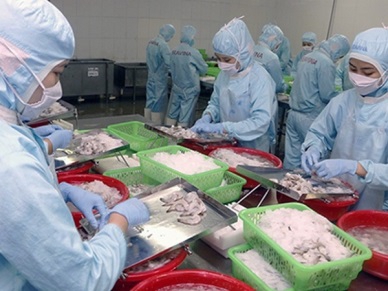
SHRIMP EXPORTS TO SOUTH KOREA EXPECTED TO RISE 30% IN 2019
SHRIMP EXPORTS TO SOUTH KOREA EXPECTED TO RISE 30% IN 2019
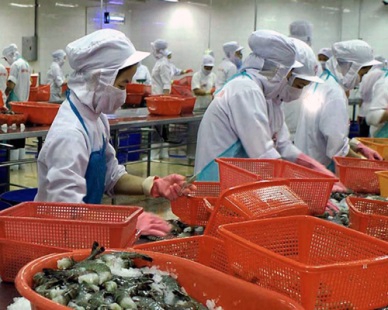
NEW GENERATION FTAS OFFER OPPORTUNITIES FOR VIETNAM’S AGRICULTURAL EXPORTS
NEW GENERATION FTAS OFFER OPPORTUNITIES FOR VIETNAM’S AGRICULTURAL EXPORTS
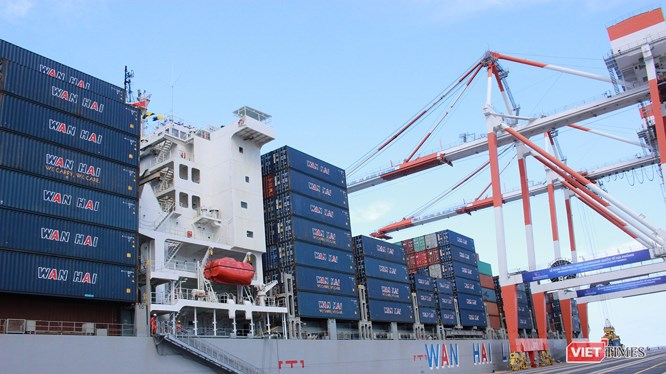
SEAFOOD EXPORT IN 2019: TAKE ADVANTAGE OF BREAKTHROUGH OPPORTUNITIES
SEAFOOD EXPORT IN 2019: TAKE ADVANTAGE OF BREAKTHROUGH OPPORTUNITIES
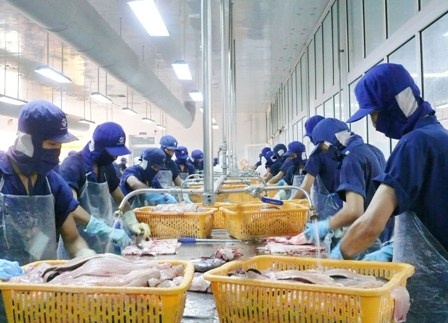
-
Online:2
-
Today:215
-
This week:806
-
Last week:905
-
Last month:1603
-
All:242640



